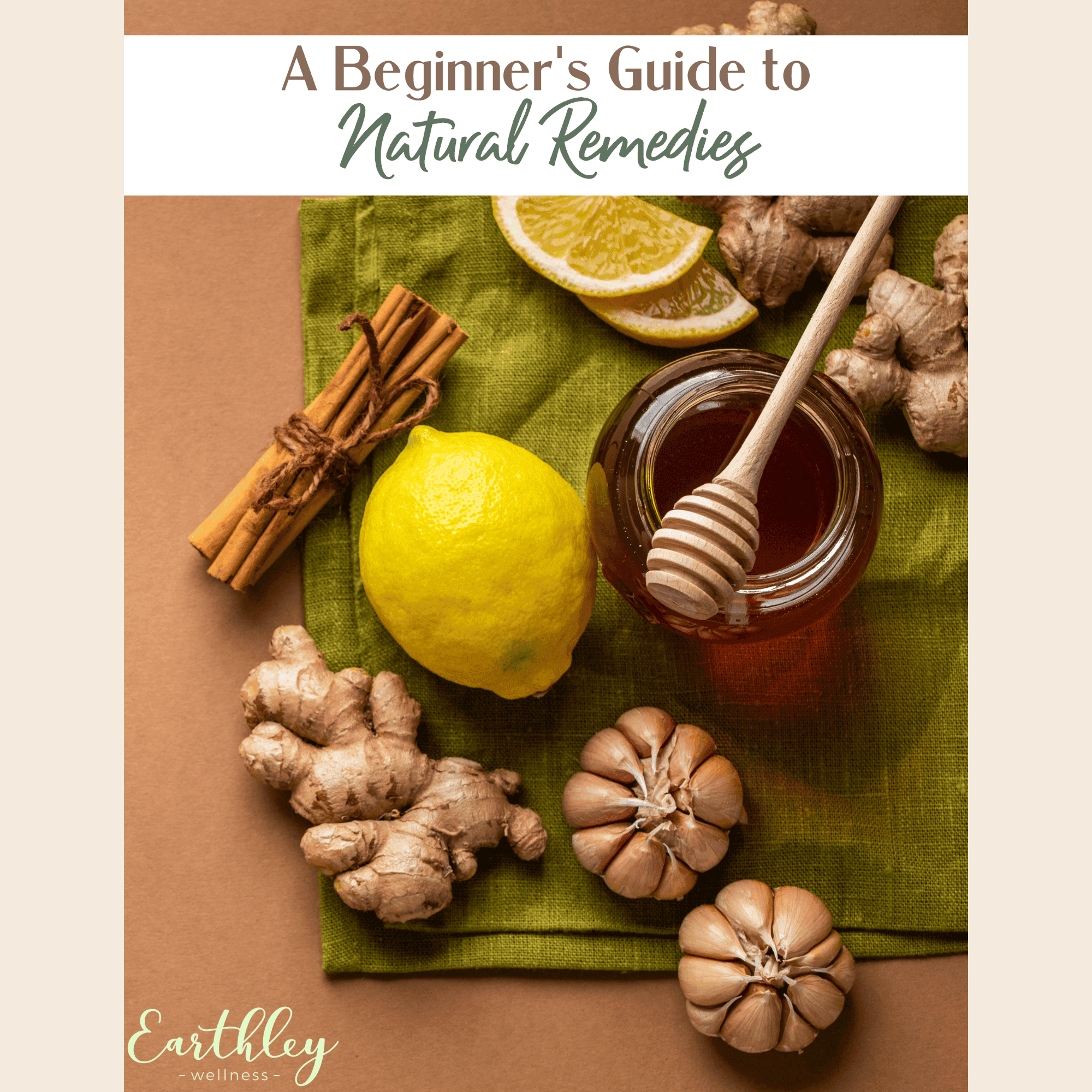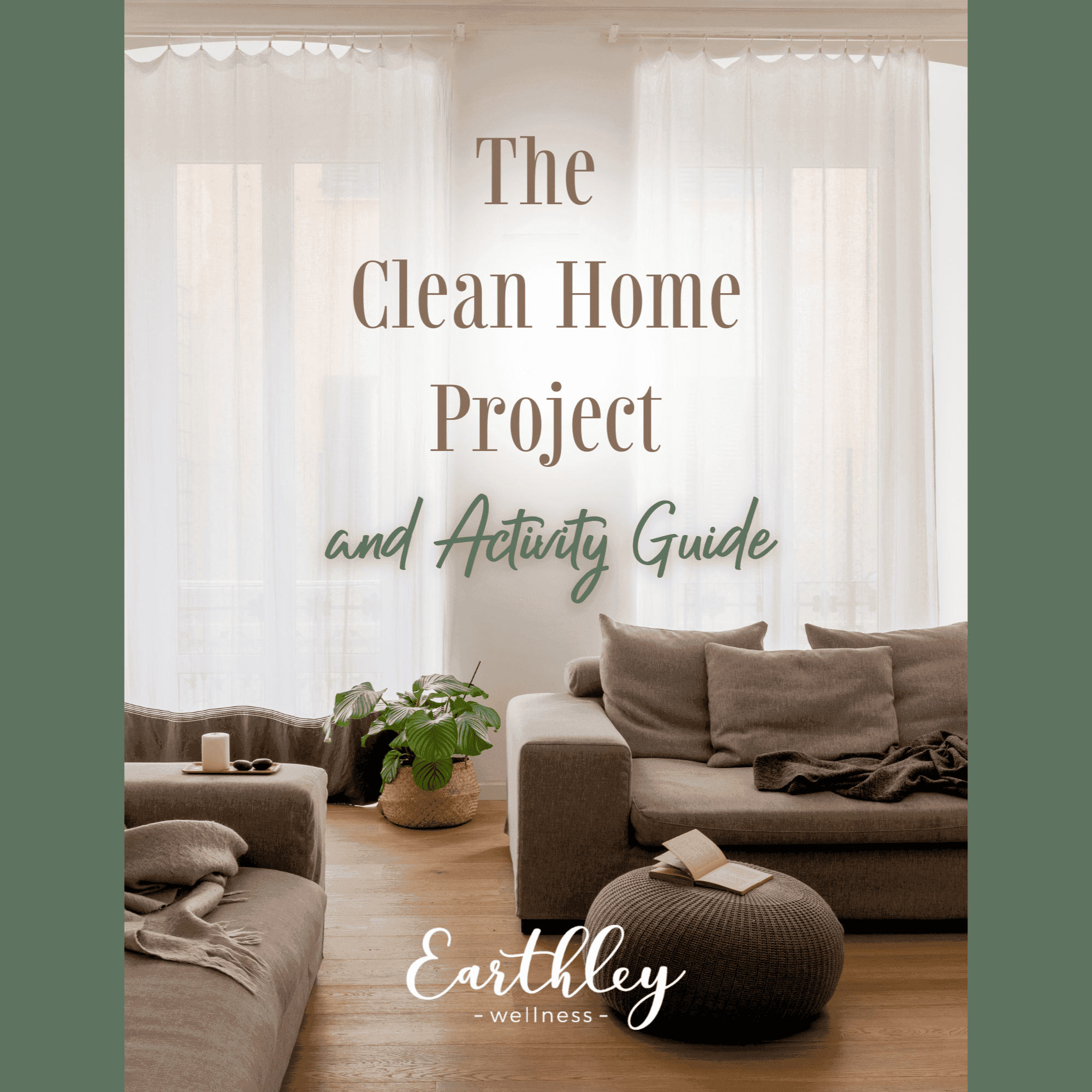Germ vs Terrain Theory

Do germs exist? What are germs? Do they matter?
These may seem like obvious questions now with answers we know, but they are more complex than many of us realize. We can all go, “Of course there are germs!” but just because they exist doesn’t mean they are inherently bad or good (this is often referred to as germ theory and terrain theory). The truth is that germs can make you sick, but the health of your microbiome helps determine the germs' effect on you.
The dominant theory for the last 100 years is that germs are harmful (germ theory). However, things aren’t that simple.
For many years, germ theory had us thinking we had to kill kill kill all the germs! Viruses, bacteria, fungi, protozoa, and more were all considered bad and had to go. Sterile, sanitary, and 99.9% germ-free all became marketing terms to sell us products that made things “clean”. Then, things like antibiotic-resistant bacteria started happening, and the world began to think about things differently. It can be helpful to understand what’s behind us to move forward. Let’s look at the origins of germ and terrain theory.
Germ Theory
The sparks of germ theory started in the 1700s by Ignaz Semmelweiss, who theorized that laboring women were dying in large numbers due to "pieces of disease" transferred to them by doctors who had just performed autopsies. For years in his profession, his peers severely ridiculed him for this theory (1). It wasn’t until much later that hand washing became standard medical practice, and germ theory didn’t take the medical community by storm until Louis Pasteur took up the torch in the 20th century.
The debate around the purpose of germs had just started in the late 1800s. We must remember that during this time, sanitation practices were only for the elite (and limited at that). Every day, people worked hard, manual labor, and were exposed to unsanitary conditions and often lived in them. The less fortunate were also often malnourished. Cholera swept through Europe in the 1800s, killing 100,000 people (2). The idea that we could identify the very thing that was making us sick was fascinating.
Louis Pasture took that spark started by Semmelweiss and used it to light the germ theory torch. Louis is known for many of his contributions to science, including the pasteurization process and the advent of vaccinations, both extensions of the germ theory. His invention of the pasteurization process started with wine and beer and is now used in cheeses, milk, juices, and more. Pasteurization is centered around killing germs. This process killed bacteria (problematic and beneficial bacteria as well as vitamins and minerals) and extended the shelf life of many products.
Pasteur’s notability in saving the wine and beer industry gave him great favor in scientific and political communities. This clout allowed him and other scientists to petition for larger labs and funding. The political backing and monetary support allowed more scientists to jump on board the germ theory ship to try to better understand and add to it.
Robert Koch was one of those scientists who wanted to help bring more order to germ theory. He is known for his work on anthrax and tuberculosis and his hypothesis, referred to as the Koch postulate. Here is his postulate as we know it today (3):
1. The same organism must be present in every case of the disease.
2. The organism must be isolated from the diseased host and grown in pure culture.
3. The isolate must cause the disease when inoculated into a healthy, susceptible animal.
4. The organism must be reisolated from the inoculated, diseased animal.
While his postulate is still used today, it continues to be difficult to use to prove the presence of a bacteria or virus that causes disease. The example of asymptomatic people is a perfect example. Someone can host a disease and have no ill effect from it, while another person will catch that disease and display all its symptoms. This violates Koch’s postulate #3. Even with modern science techniques and tools, many bacteria are challenging to culture, violating postulate #2.
In the end, germ theory has led us to sanitary hospital conditions, sterile surgery equipment, antibiotics, and the birth of microbiology. But it can also be attributed to antibiotic-resistant bacteria, other “superbugs,” and our societies' hyperfocus on vaccines being the only solution to the disease.
Terrain Theory
The terrain theory originates from Antoine Béchamp, a 20th-century researcher and scientist who also happened to work with Louis Pasteur. They had a series of falling outs and became rivals in the public space. It is rumored that Pasteur stole Béchamp’s work on fermentation and published it in his name.
Béchamp’s various discoveries and his work with fermentation led him to conclude that our bodies are like miniature ecosystems (4). When someone’s ecosystem is “off” or weakened, this can lead to sickness (5).
This theory has now been confirmed and expanded on. We now know that not only do we as humans have our own microbiomes (we suspect we have microbiomes tailored to different organs like our stomachs (6), brains (7), mouths, etc.). Animals (8) have their own, and so do plants and soil. We can see the diverse flora that canvases our world thanks to modern tools and microbiology. There are examples of the complexities of microbiomes all around us.
The introduction of glyphosate (the active ingredient in a popular herbicide) has had a series of cascading consequences, including a disruption to the microbiome of the soil and water. Glyphosate is a water-soluble chemical designed to disrupt unwanted plants' growing process. It and other commercial pesticides, herbicides, and fertilizers have created giant, dangerous algae blooms in lakes, rivers, and where rivers meet the ocean. This algae finds its foothold when other algae and bacteria are killed off and it’s fed the fertilizer runoff, giving it room to grow. Being water soluble, glyphosate can easily enter streams, rivers, lakes, oceans, and even rainwater, upsetting many naturally occurring microbiomes.
This chemical doesn’t just disrupt plant growth; it can also disrupt insect growth (9) and have a series of biological effects on mammals (10). Recent studies also show that it disrupts the microbiome in mice even at levels that were determined to be “acceptable” by the U.S. Acceptable Daily Intake (11).
One of the ideas of germ theory that we now know is inaccurate is the concept of internal sterility. Up until recently, it was thought that inside humans were sterile. Babies were sterile, our lungs were sterile, and so on. Sterile for the sake of surgery is correct; we don’t want to introduce external factors to our internals, but that doesn’t mean that everything should always be sterile or that sterile is best in every situation. Eliminating good and bad germs may cause disease later in life. One study conducted on mice in sterile environments versus those in a normal lab environment demonstrated mice in the sterile environment were more likely to develop severe disease symptoms (12).
Regarding humans, a few studies suggest that babies' microbiomes start in the womb (13). Probiotics given to the mother during pregnancy were present in the meconium and placenta at birth in similar bacterial alterations to the placebo group. That is just the beginning of the baby's microbiomes. How they are born also affects their microbiome. Babies that are born vaginally have different markers in their microbiomes than babies that are born via cesarean section (14). This is just the beginning. What babies eat (breastmilk changes in composition based on what the baby needs), when they eat (their gut lining is very permeable in the first 6 months, which is why solids aren’t recommended), and even how they eat contribute to the gut (bottles versus breast have varying microbes that also contribute to their development). That’s just the gut microbiome; there’s also what we put on our skin, how we wash our skin, and what we touch that matters.
What we touch and eat matters, but it also turns out where we play matters too. A study (15) conducted in 2020 showed that preschoolers who played outdoors for just 2 and a half months had changes to their microbiome as well as their behavior (a reduction in stress and anger). Another study in Finland daycares (16) introduced a “forest floor” to some of their daycares and saw changes to the children's microbiomes on their skin and gut.
The air we breathe can impact our lung microbiome. We know that breathing in air contaminated with smoke, mold/fungus, and other environmental toxins negatively affects the function and microbiome of the lungs, leading to lung function decline, respiratory symptoms, and chronic obstructive pulmonary disease (17). New developments have also demonstrated that the upper and lower respiratory tracks have different microbiomes (18).
The exploration and understanding of the complexities of microbiomes is still relatively new, with the majority of advancements happening within the last 20 years. There is still so much to learn, but here is what we do know-without this microscopic world, life as we know it would not be able to exist. Health (or the lack thereof) is a complex interplay between our bodies, microbes, and environment.
Why does all this matter?
Modern medicine, mainly allopathic medicine, is still structured around the idea that when we are sick, there is a singular problem with a singular treatment. The truth is it cannot be simplified into "just get this treatment and you'll be fine.”
Health is personal and individual. We want to support you in your journey, wherever you may be. Germ theory and terrain theory are both real. We wash our hands and support the whole body, including the microbiome. From our soaps to our tinctures, we don’t use harsh ingredients that might upset your body’s natural balance. All our ingredients are as close to nature as we can get them.
Are you looking for ways to support your gut microbiome? Check out our gut health bundle! These three tinctures support multiple stages of digestion, liver health, digestive tract health, and even have a prebiotic for your microbiome. This bundle includes our Gut Health Support Guide and Protocol.
It’s never too soon to start learning about health! Our kids' Gut Health Activity Guide is the perfect resource to teach little ones about the amazing world of microbes. This printable download teaches about the body’s microbiome, explores foods to support it, and has fun activities to bolster learning.
We at Earthly Wellness want to change how the world sees health care; sometimes, that starts with education. When we know better, we can do better.
Resources:
https://www.pbs.org/newshour/health/ignaz-semmelweis-doctor-prescribed-hand-washing
https://www.bbc.co.uk/bitesize/guides/z99m2v4/revision/5
Microbe-Grimes-Kochs Postulates-2006.pdf (antimicrobe.org)
https://www.biologicalmedicineinstitute.com/antoine-bechamp
https://www.westonaprice.org/health-topics/notes-from-yesteryear/germ-theory-versus-terrain-the-wrong-side-won-the-day/#gsc.tab=0
https://www.ncbi.nlm.nih.gov/pmc/articles/PMC4259177/
https://evolve.community.uaf.edu/2019/11/07/the-influence-of-the-microbiome-on-brain-development/
https://www.sciencedirect.com/science/article/abs/pii/S1471489219300219
https://www.europeanscientist.com/en/agriculture/another-way-glyphosate-is-harmful-to-insects/
https://www.ncbi.nlm.nih.gov/pmc/articles/PMC9101768/#:~:text=Based%20on%20research%20on%20the%20chronic%20side%20effects,%28WHO%29%20reclassified%20glyphosate%20as%20probably%20carcinogenic%20to%20humans.
https://pubmed.ncbi.nlm.nih.gov/37196884/
https://www.nature.com/articles/nature.2012.10294
https://www.ncbi.nlm.nih.gov/pmc/articles/PMC4943946/
https://www.thelancet.com/pdfs/journals/ebiom/PIIS2352-3964(21)00236-X.pdf
https://pubmed.ncbi.nlm.nih.gov/33319792/
https://www.science.org/doi/10.1126/sciadv.aba2578
https://www.ncbi.nlm.nih.gov/pmc/articles/PMC10468564/
https://www.nature.com/articles/s41579-022-00821-x
Some of our top recommendations:
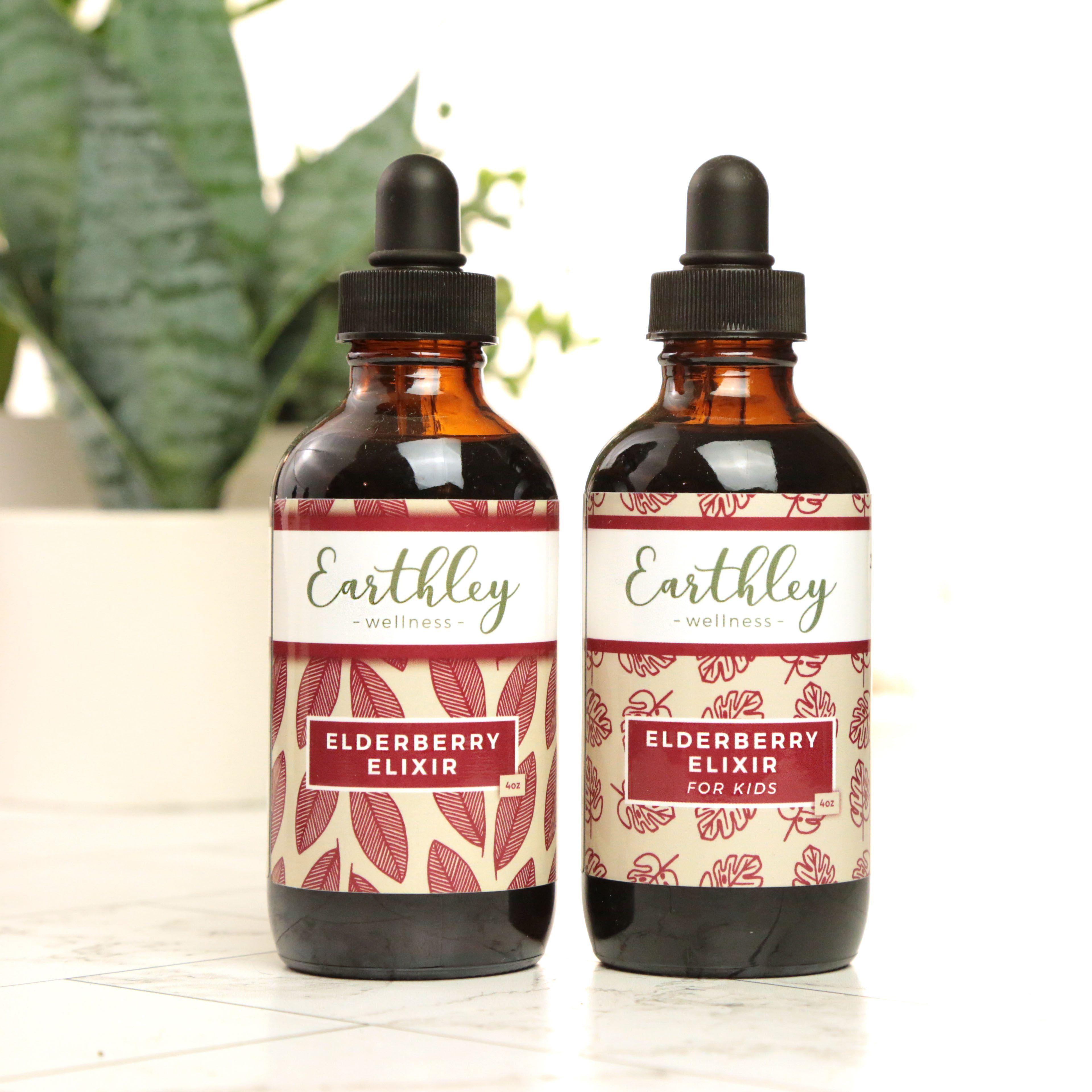
For general immune support and cold symptoms
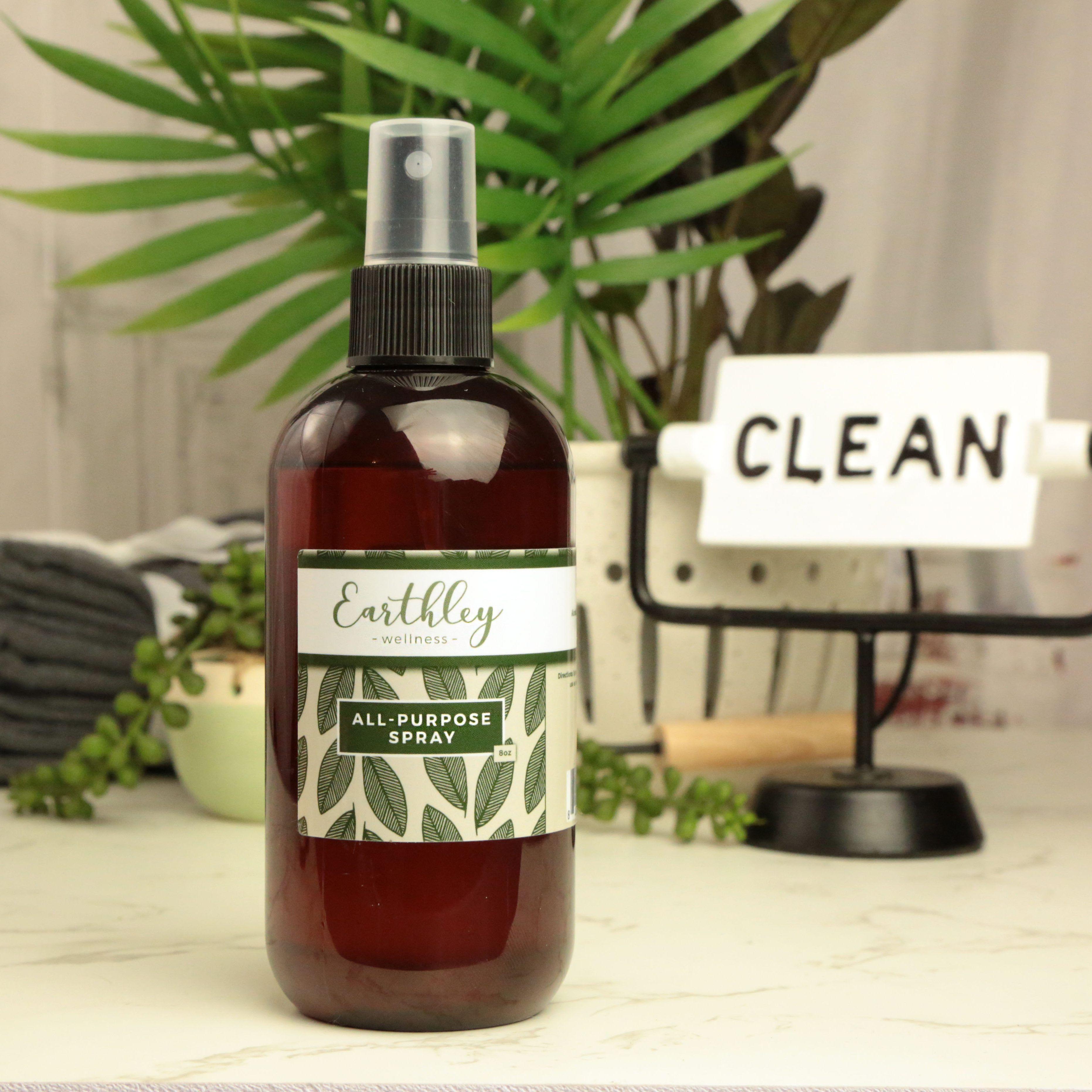
For clean hands and a clean world
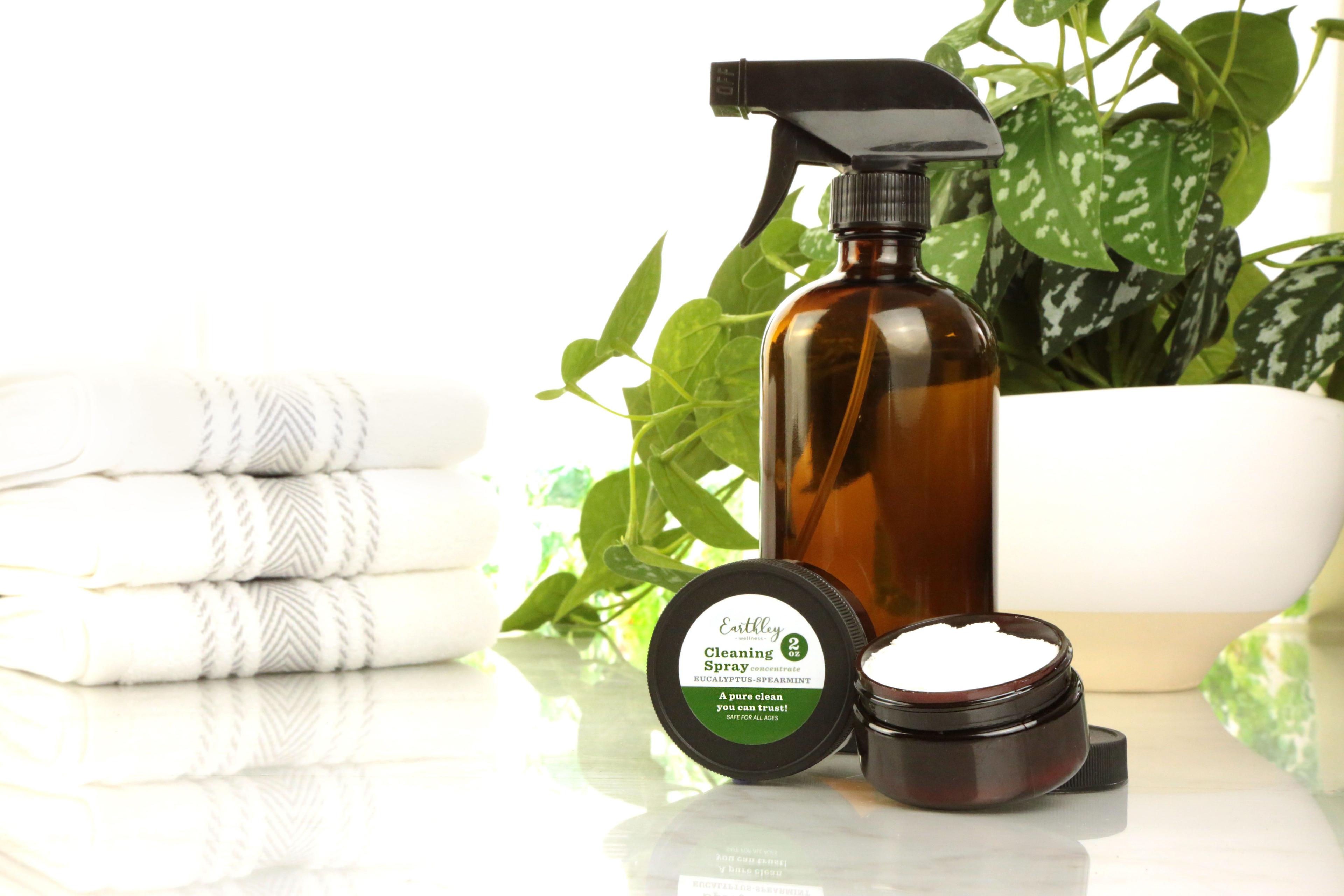
A pure clean you can trust!
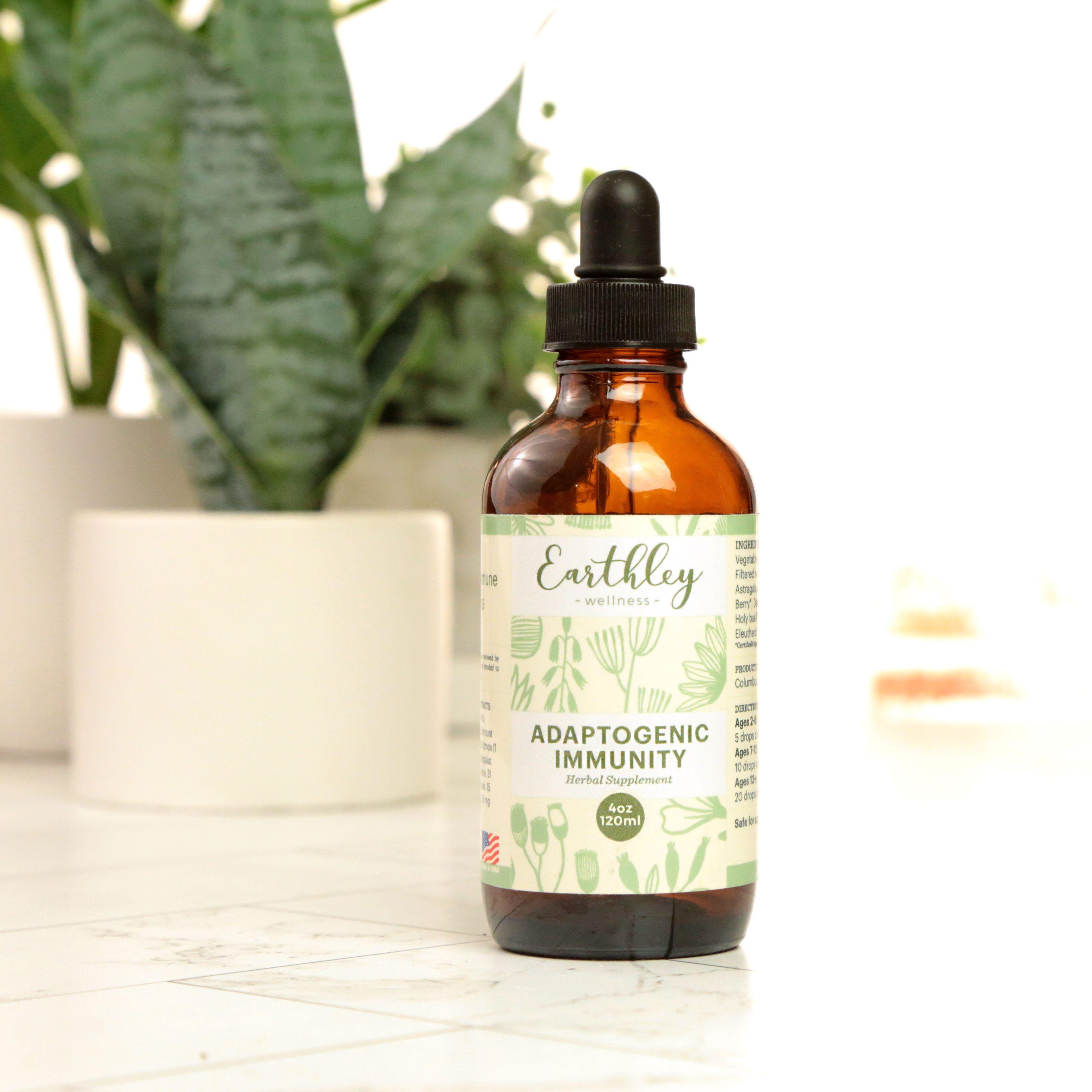
For daily stress and immune support
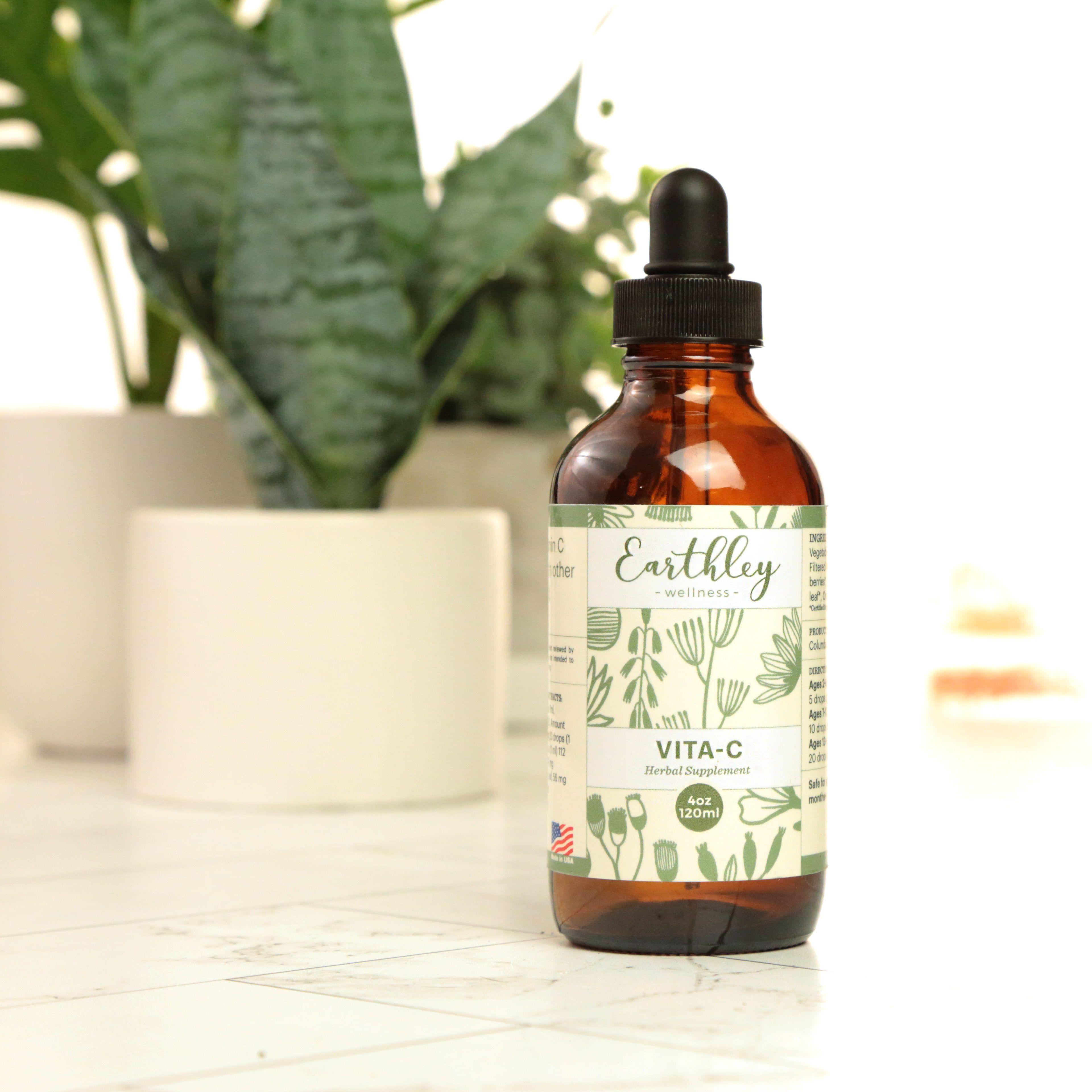
Natural vitamin C complex with other vitamins and minerals
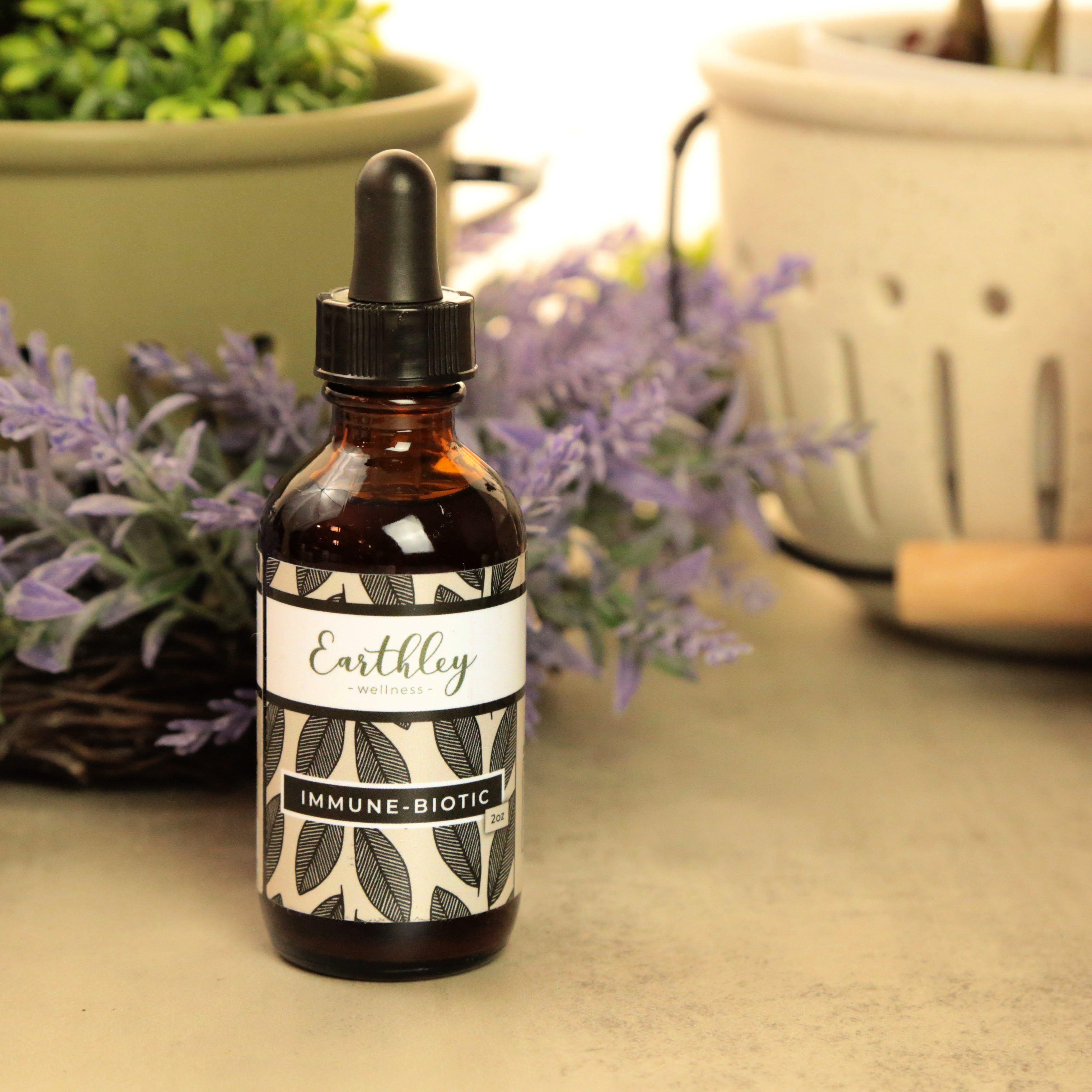
Supports a healthy immune system

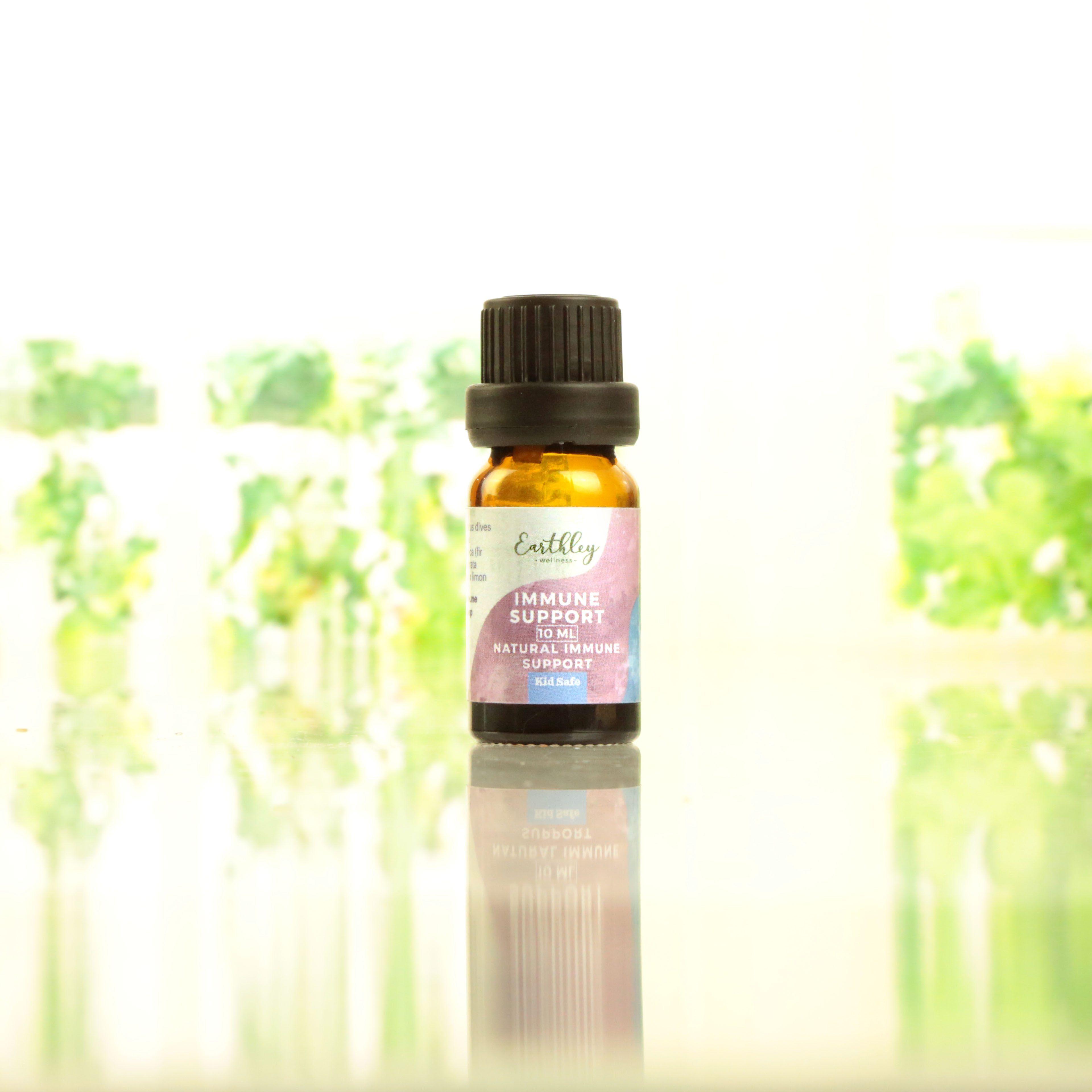
For Natural Immune Support
